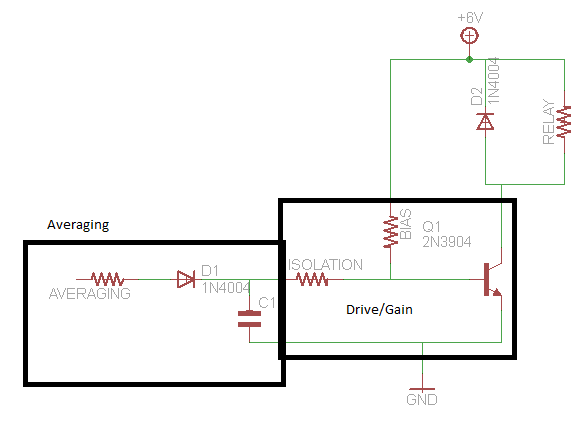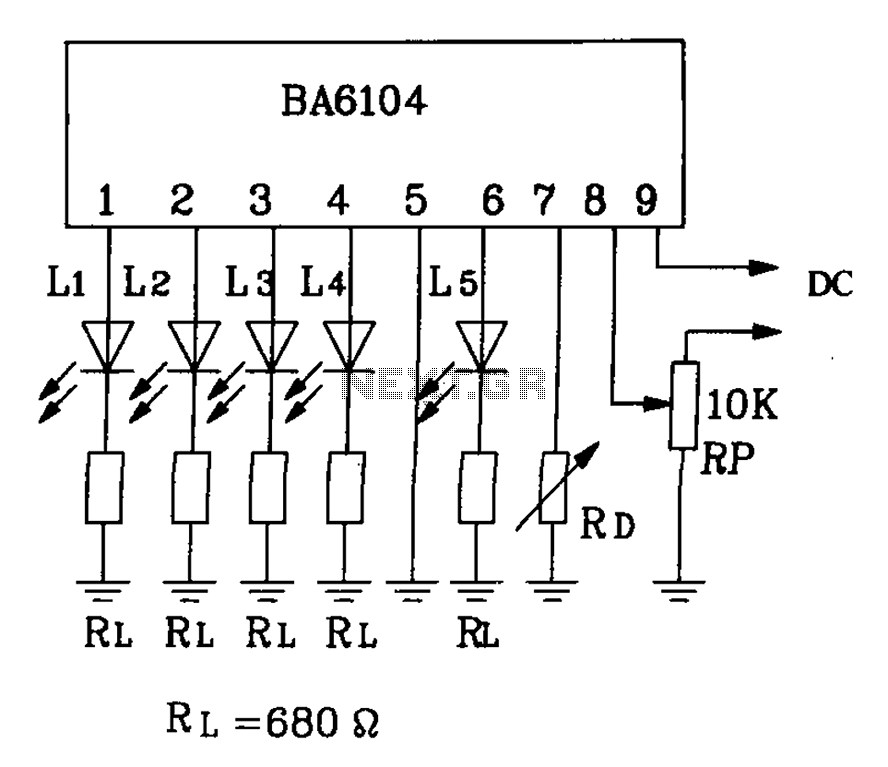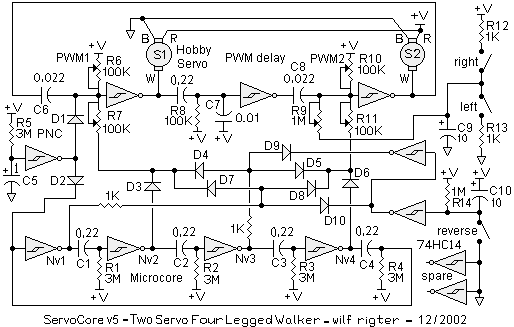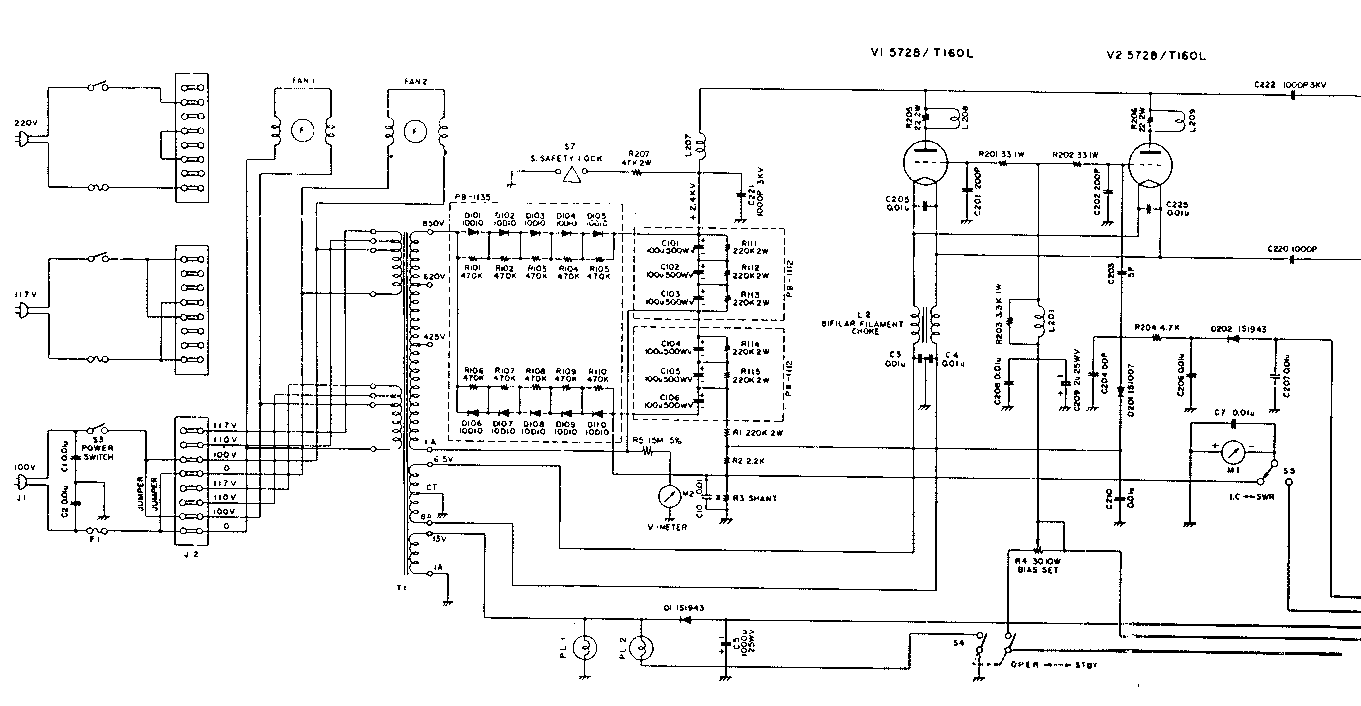
Recording circuit of phone conversations using PC
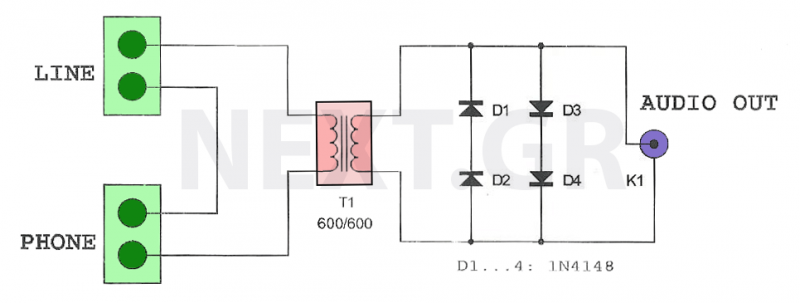
The circuit is straightforward, utilizing a telephone transformer to connect the telephone line and the phone. The speech signal is extracted from the secondary winding of the transformer and directed to the microphone input of the computer's sound card. The circuit operates passively, requiring no external power or complex connections. The computer then handles the recording process.
For testing purposes, "RecordPad Sound Recording Software" was used, which is a simple application for recording audio on Windows and Mac OS X. This software is suitable for capturing voice and other audio for various uses, such as digital presentations or audio books, and includes a voice-activated recording feature that enhances its functionality. Other recording software can also be utilized without any issues.
The construction of the logger is uncomplicated, requiring only five basic components. Even those with limited electronic experience can successfully assemble the circuit by ensuring correct diode polarity.
The circuit consists of a theoretical design that connects the 'MIC' input of the sound card to the telephone line and the phone. The primary winding of the transformer is connected in series with the line and telephone device, allowing the line signal to be transferred to the secondary winding. Diodes are employed to limit the voltage and protect the sound card input from over-voltages. The output connects to the microphone input of the sound card, and since the circuit is passive, it does not require any external power source.
Components:
- D1, D2, D3, D4 = 1N4148 diodes
- T1 = Phone transformer 600/600 ΩThis circuit is used to record telephone conversations on your landline telephone. All you will need is this small circuit and subscription of your PC. There are few times when we forget what we said or told us. So we need recording. Sometime, not many years ago, recording of this kind of conversation was done with a small tape recorder. The line signal came to the microphone input, while a simple circuit activated the tape deck when the handset came up and stopped it when the conversation ended.
The cost of this method was not great and the recording worked well. But it had a big drawback. The tape ended quickly and had to be replaced by another. Those who neglected to change a tape simply lost recordings, so the system was useless. On the other hand, those who were consistent with the changes ended up filling their cupboards with wasteful cassettes. So the idea of recording was lost after it failed practically.
But times changed and technology evolved significantly. Today we all have at least one computer in our office. Hard drives are of huge capacity so using our computer as a sound recorder is something extraordinarily simple. With this in mind, the idea of recording is coming back to the forefront.
The circuit is extremely simple.
It is a telephone transformer that interfaces between the telephone line and the telephone. In the secondary winding of the transformer, the speech signal is displayed. We signal this signal to the microphone input of the computer's sound card. No power, no other connections. The circuit simply supplies the phone signal to the computer. The computer in turn takes over the rest.
The software that we used to test the circuit is the "RecordPad Sound Recording Software" which is a simple sound recording program for Windows and Mac OS X. RecordPad is ideal for recording voice and other audio to add to digital presentations, creating an audio book , Or for simply recording a message.
And because it has a voice activated recording feature makes it ideal for our project. Offcourse you can use any software you want without any problems.

Audio Recording Features of RecordPad
- Record sound, voice, notes, music or any other audio
- Save recordings to your hard drive in wav, mp3 or aiff format
- Record only when you are talking with voice activated recording
- Recordings can be burned directly to CD using Express Burn
- System-wide hotkeys allow keyboard control over recording while working in other programs
- Find and Play recordings by format, date, duration and size. Includes keyword search for audio recording when a speech engine is installed
- Optionally, you can send a file by email or upload to an FTP server
- MPEG Layer-3 encoding offers content of variable bit rates from 8 to 320kbps with optional crc error checking and joint stereo modes
- Wave coding at sample rates between 6000 and 196000Hz in PCM or many other codecs and bits
- It can be automated and integrated to run from other programs with powerful command line options
- Integrate with WavePad Professional Audio Editing Software to edit recordings and add effects
- Designed to be simple and robust for professional and corporate recording applications
The construction of the logger will not make it difficult for you, it is realized with only 5 simple parts.
Even if you are not familiar with electronic constructions, if you observe the polarity of the diodes, the circuit will work perfectly.
The circuit

In the figure we see the theoretical circuit of the logger. It is essentially a circuit that makes the signal fit. It connects to the 'MIC' input of the sound card and between the telephone line and the phone.
The work of the circuit is to transfer the line signal to the sound card. The primary winding of the T1 transformer is connected in series with the line and the telephone device. Thus, the line signal is transferred to the secondary. The D3 D3 diodes limit the 3V pick to pick level to protect the sound card input from the ringer over-voltages.
The Kl output is connected to the microphone input of the sound card. The circuit is passive so no power is needed.
Components:
D1,D2,D3,D4 = 1N4148, T1 = Phone transformer 600/600 Ω
